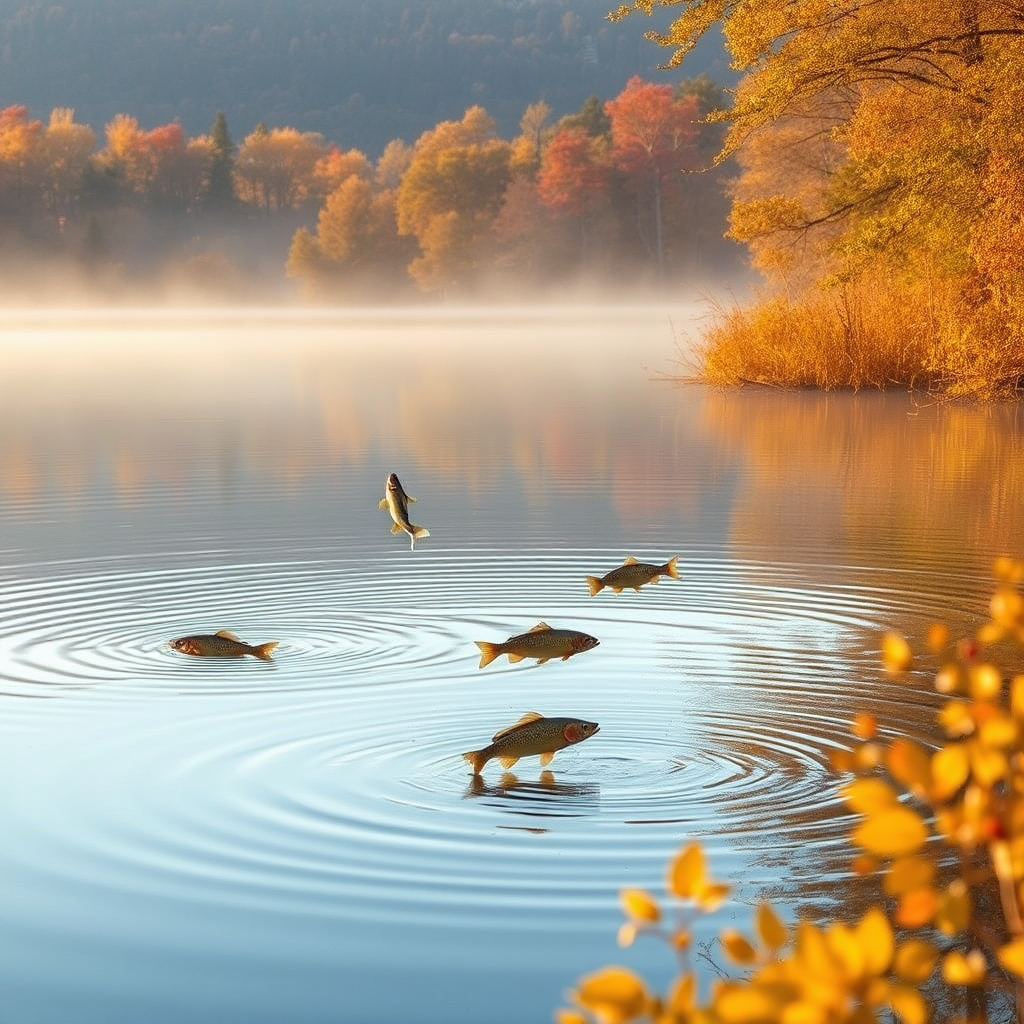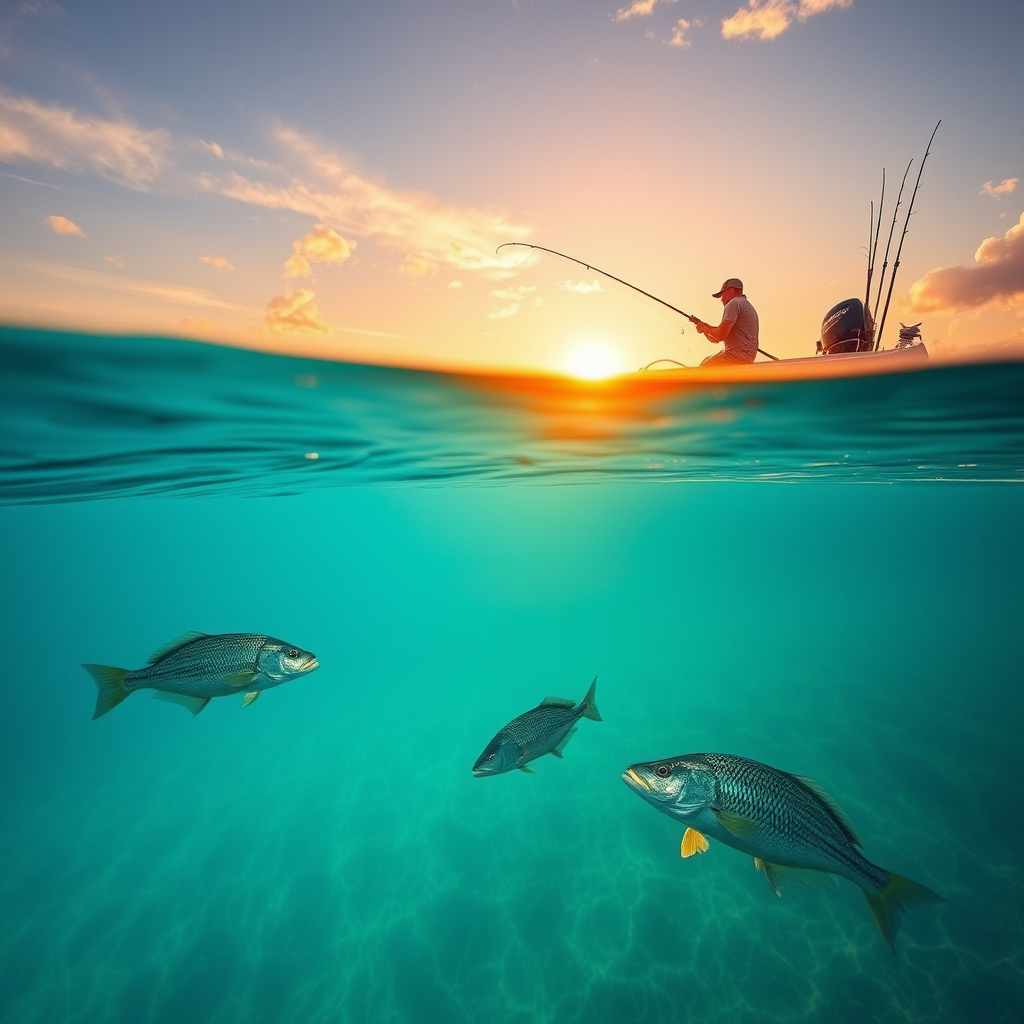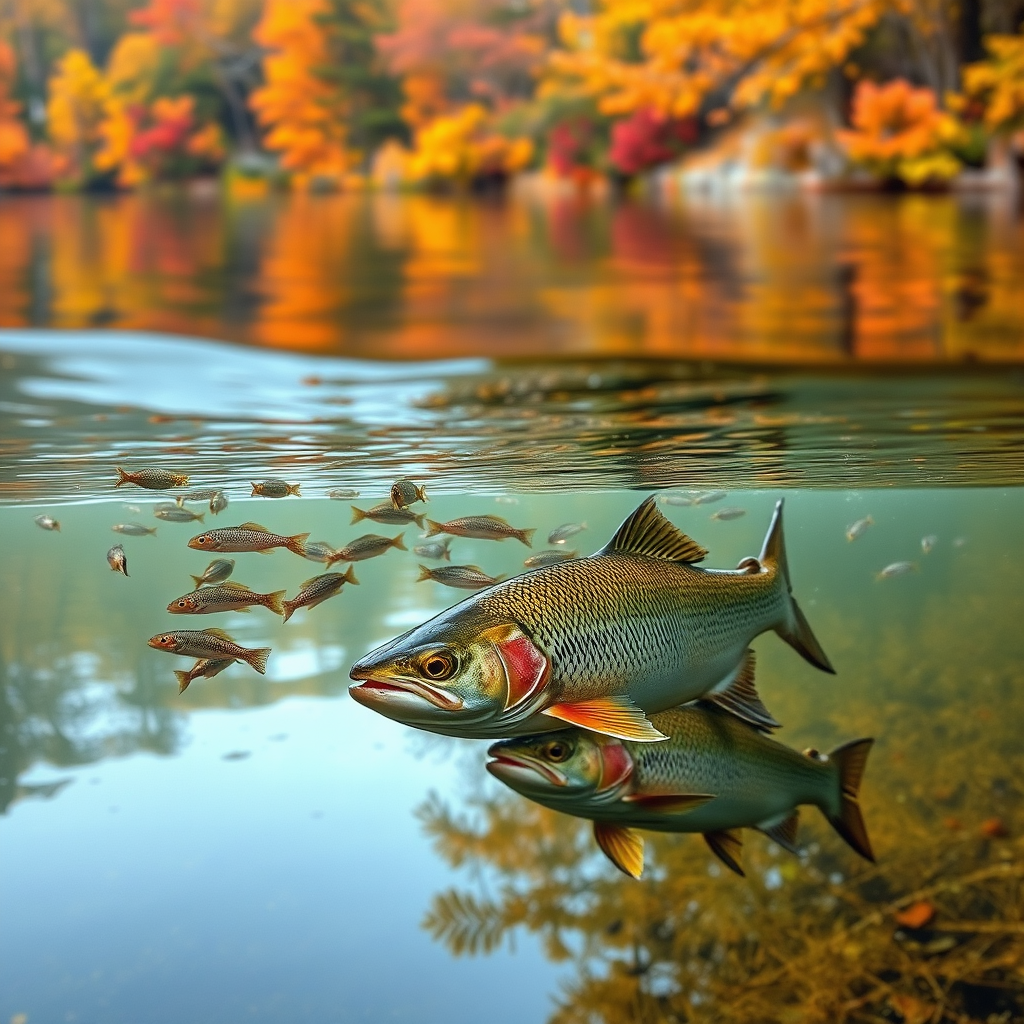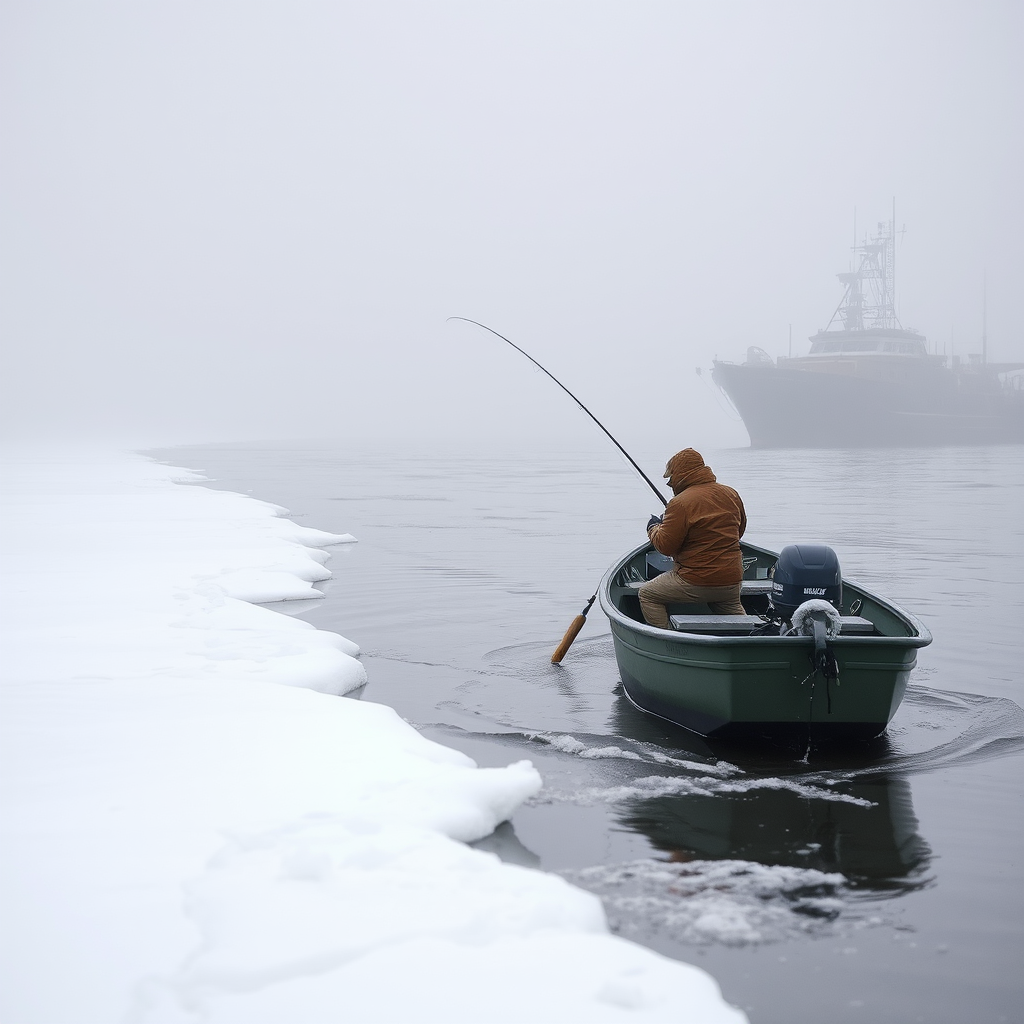Seasonal Fishing Calendar and Migration Patterns
Master the art of timing with our comprehensive year-round guide to fish behavior and seasonal patterns

Understanding seasonal fishing patterns is the key to consistent success on the water. Fish behavior changes dramatically throughout the year, influenced by water temperature, spawning cycles, food availability, and migration patterns. This comprehensive guide will help you decode nature's calendar and position yourself for optimal fishing opportunities in every season.
Spring Awakening: March - May

Spring marks the beginning of the fishing year's most exciting period. As water temperatures rise from 45°F to 65°F, fish emerge from their winter lethargy and begin their pre-spawn feeding frenzy. This is when patience pays off, as fish move from deep winter haunts to shallow spawning areas.
Key Species Activity:
- Bass: Move to shallow coves and creek arms for spawning
- Crappie: School in brush piles and shallow structure
- Walleye: Migrate to tributary mouths and rocky shorelines
- Northern Pike: Enter shallow bays and marshes
Spring Bait Preferences
Live minnows, jigs tipped with soft plastics, and slow-moving crankbaits dominate spring fishing. Focus on natural colors like green pumpkin, watermelon, and shad patterns. Early morning and late afternoon provide the best action as fish feed aggressively before spawning.
Summer Peak Season: June - August
Summer fishing presents both opportunities and challenges. While fish are most active, they also become more selective and structure-oriented. Water temperatures peak between 70°F and 80°F, driving fish to seek cooler depths and oxygen-rich areas.
Early Summer (June)
Post-spawn recovery period. Fish are hungry but cautious. Target transition areas between shallow and deep water.
Mid-Summer (July)
Peak activity period. Fish establish summer patterns around structure, thermoclines, and current breaks.
Late Summer (August)
Dog days of summer. Focus on dawn, dusk, and night fishing. Deep structure becomes critical.

Fall Feeding Frenzy: September - November
Fall represents one of the most productive fishing seasons. As water temperatures drop from summer highs to the mid-50s, fish enter a feeding frenzy to build energy reserves for winter. This biological imperative creates exceptional fishing opportunities.
Migration Patterns
Fall triggers massive baitfish migrations, and predator fish follow. Schools of shad, herring, and minnows move toward creek channels and main lake points, creating feeding opportunities that savvy anglers can exploit.
Optimal Techniques
- Reaction baits like spinnerbaits and crankbaits
- Topwater lures during low-light periods
- Live bait presentations near structure
- Vertical jigging in deeper water

Winter Strategies: December - February
Winter fishing requires patience, precision, and understanding of cold-water fish behavior. As water temperatures drop below 50°F, fish metabolism slows dramatically, but they still need to feed. The key is finding their winter sanctuaries and presenting baits with finesse.
Winter Locations
- Deep creek channels and river bends
- Steep bluff walls and drop-offs
- Submerged timber and brush piles
- Warm water discharge areas
- South-facing coves with sun exposure
Winter Baits
- Small jigs with soft plastic trailers
- Blade baits and spoons
- Suspending jerkbaits
- Live minnows on light tackle
- Drop shot rigs with finesse worms

Understanding Fish Migration Patterns
Fish migration is driven by three primary factors: temperature, food availability, and reproductive cycles. Understanding these patterns gives you a significant advantage in predicting where fish will be throughout the year.
Vertical Migration
Daily movement between shallow and deep water based on light levels, temperature, and feeding opportunities. Most pronounced during summer months.
Horizontal Migration
Seasonal movement between different areas of a water body. Spring spawning runs and fall feeding migrations are prime examples.
Timing Your Fishing Success
Pro Tips for Seasonal Success
- Water Temperature is King: Invest in a quality thermometer and track temperature changes
- Weather Patterns Matter: Stable weather often produces better fishing than dramatic changes
- Moon Phases Influence Activity: New and full moons typically increase fish activity
- Barometric Pressure: Falling pressure often triggers feeding, while high pressure can slow activity
- Seasonal Transitions: The periods between seasons often provide the best fishing opportunities
Remember, these patterns serve as guidelines, not absolute rules. Local conditions, water body characteristics, and weather patterns can all influence fish behavior. Keep detailed records of your fishing trips, noting conditions and results to develop your own seasonal calendar for your favorite waters.